Care Of Weeping Silver Birch: How To Plant A Weeping Silver Birch
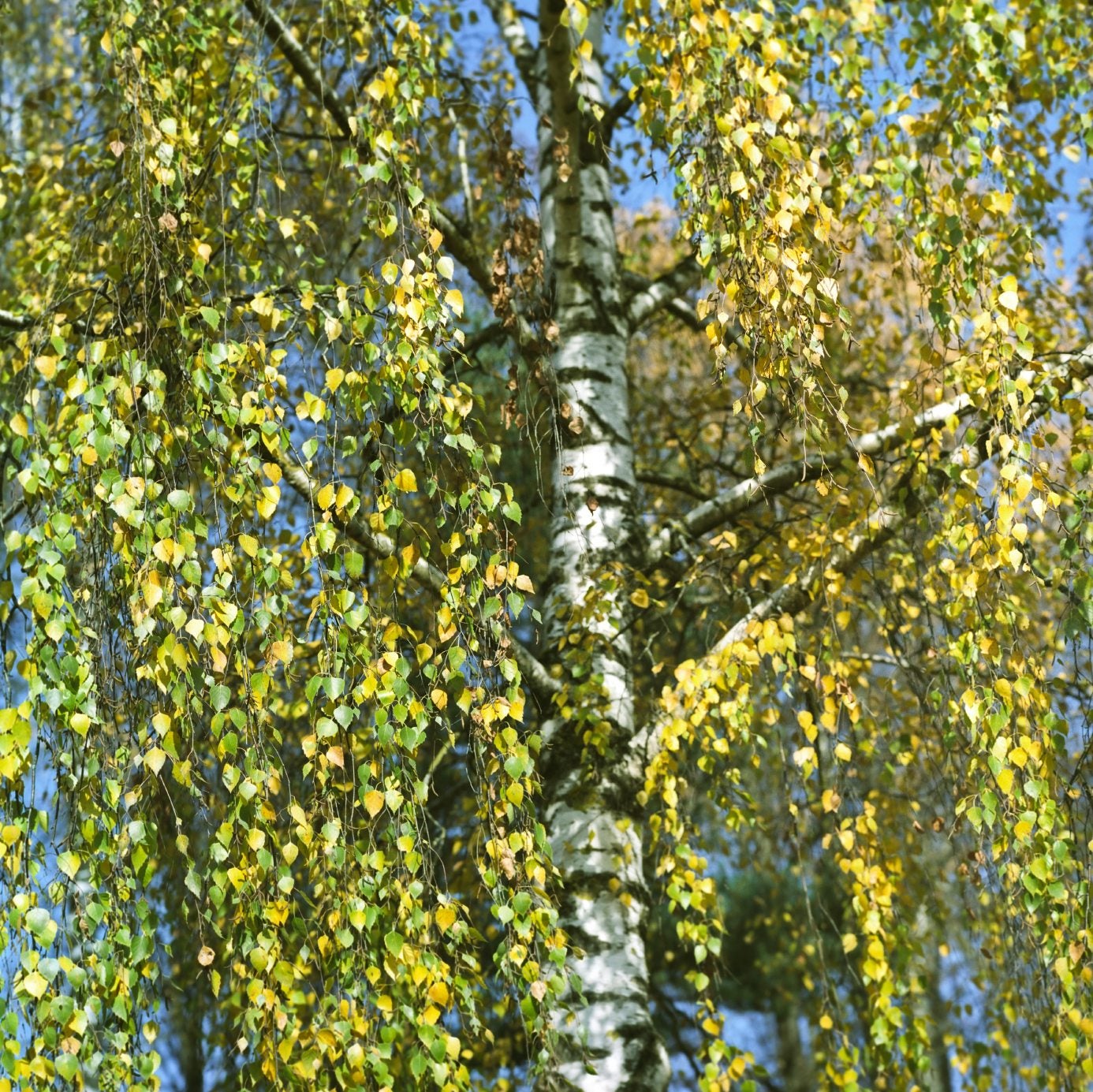

A weeping silver birch is a graceful beauty. Bright white bark and long, downward growing shoots at the ends of the branches create an effect unmatched by other landscape trees. Find out more about this lovely tree and weeping silver birch care in this article.
What are Weeping Silver Brich Trees?
Weeping silver birch (Betula pendula) is a European species that is well suited to North American locations with mild summers and cold winters. It isn’t a low-maintenance tree, but it is well worth the time you put into it. Weeping silver birch growing conditions include full sun and well-drained, moist soil. The soil should never dry out. A thick layer of mulch around the base of the tree will help hold moisture in. Weeping silver birch trees grow best in areas where summer temperatures rarely exceed 75 degrees F. (24 C.) and where the roots are covered with snow for most of the winter.
Care of Weeping Silver Birch
An important part of the care of weeping silver birch trees is keeping the soil evenly moist. If the soil in the area isn’t naturally moist, install drip irrigation under the mulch. The tree is susceptible to fungal diseases for which there is no cure, but you may be able to keep them at bay by pruning out diseased twigs and branches. Prune in late winter before the tree breaks dormancy. Pruning cuts bleed an abundance of sap if you wait until spring. Cut back to healthy wood. The cut will stimulate growth from the side shoots and nodes below it, so it’s best to cut just above a node or side shoot. If the long shoots make landscaping tasks, such as mowing, difficult, you can cut them back to the desired length. Always mow so that any sticks or debris caught by the mower blades will be thrown away from the tree instead of toward it to prevent trunk injuries. Injuries create entry points for insects and disease. Plant a weeping silver birch in an area where it is in scale with the rest of the landscape and where it has room to spread to its mature size. The tree will grow 40 to 50 feet (12-15 m.) tall and will look awkward in a small yard. The canopy will spread 25 to 30 feet (8-9 m.), and it should not be crowded by structures or other trees.
Gardening tips, videos, info and more delivered right to your inbox!
Sign up for the Gardening Know How newsletter today and receive a free copy of our e-book "How to Grow Delicious Tomatoes".

Jackie Carroll has written over 500 articles for Gardening Know How on a wide range of topics.
-
 Zinnias On Repeat: 10 Glorious Cut-And-Come-Again Varieties For Endless Summer Bouquets
Zinnias On Repeat: 10 Glorious Cut-And-Come-Again Varieties For Endless Summer BouquetsThese zinnia varieties keep giving all summer, making them the perfect choice for dedicated cutting gardens – or just the occasional homegrown bouquet.
By Ellen Wells
-
 Create A Romantic Garden Straight Out Of Bridgerton: Regency Era Romance In Your Garden
Create A Romantic Garden Straight Out Of Bridgerton: Regency Era Romance In Your GardenTry some romantic garden ideas straight out of Bridgerton. Flowers and gardens in the Regency era were lush and charming and you can get the same look!
By Bonnie L. Grant
-
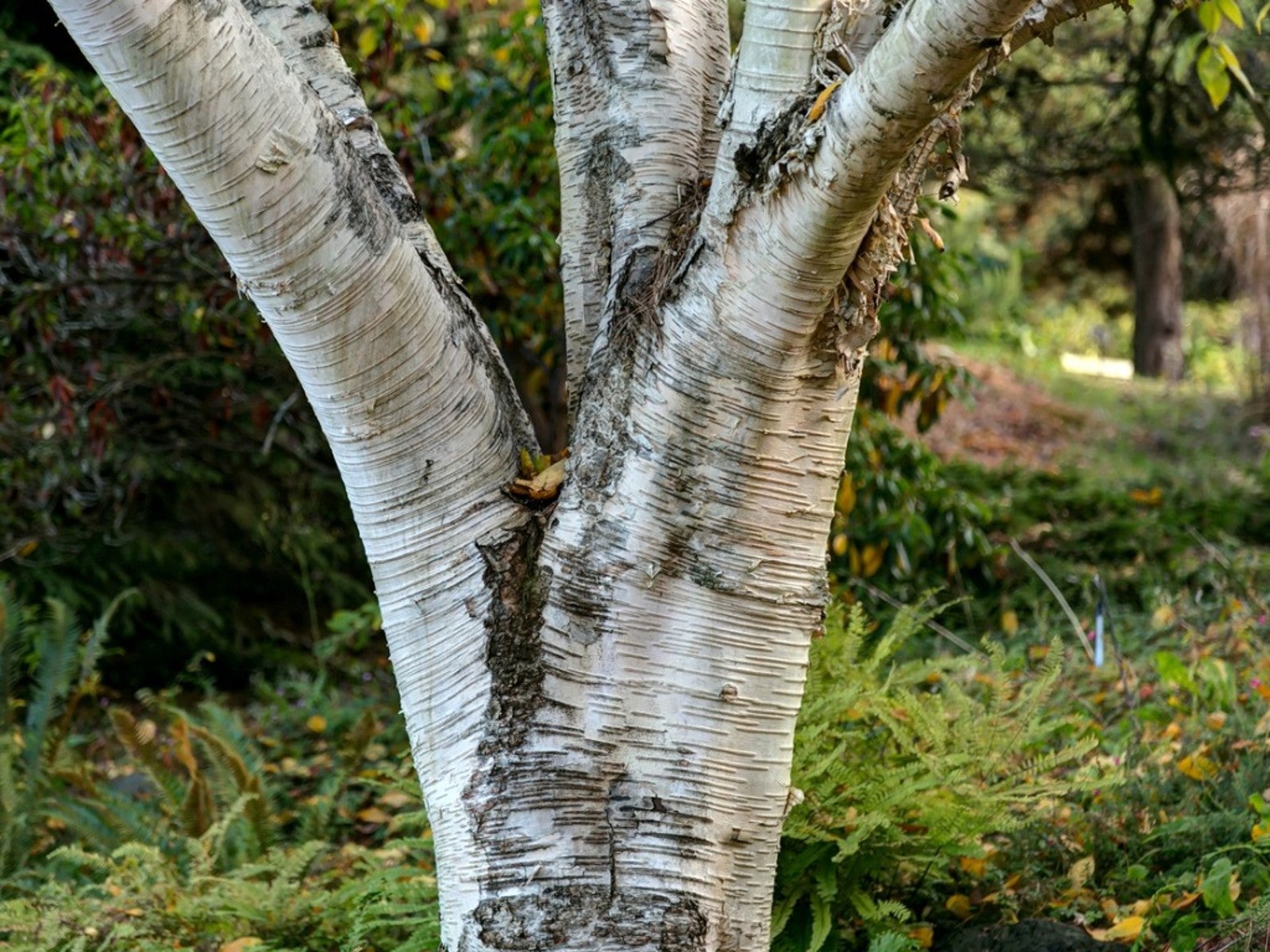 How To Grow A Himalayan Birch Tree
How To Grow A Himalayan Birch TreeBeautiful white barked Himalayan birch trees need a cool northern climate and prefer a winter blanket of snow. Learn more about them.
By Teo Spengler
-
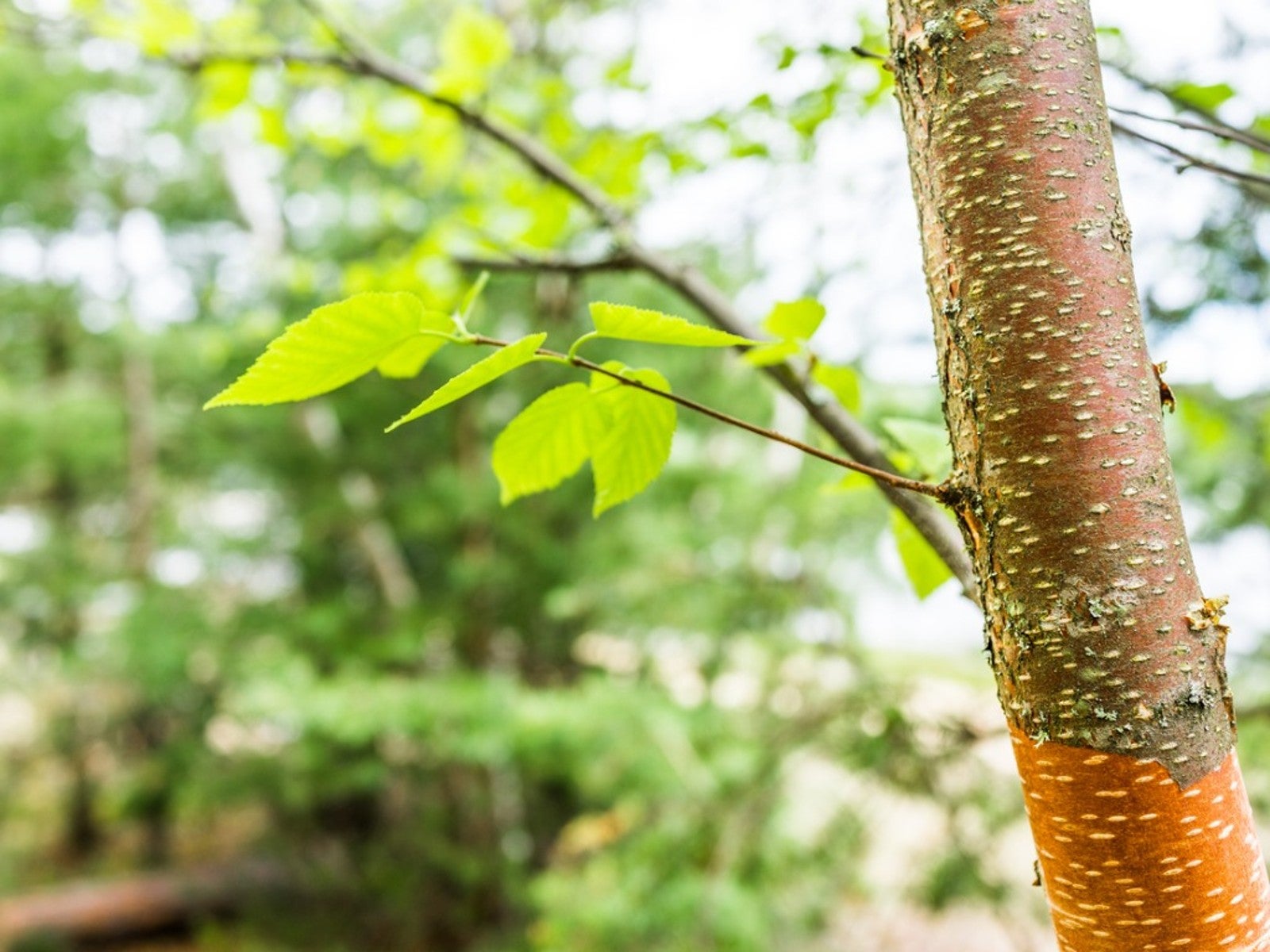 Water Birch Tree Care And Characteristics
Water Birch Tree Care And CharacteristicsEven if you aren’t familiar with water birch, you may guess that it tolerates wet soil. But there’s much more to know.
By Teo Spengler
-
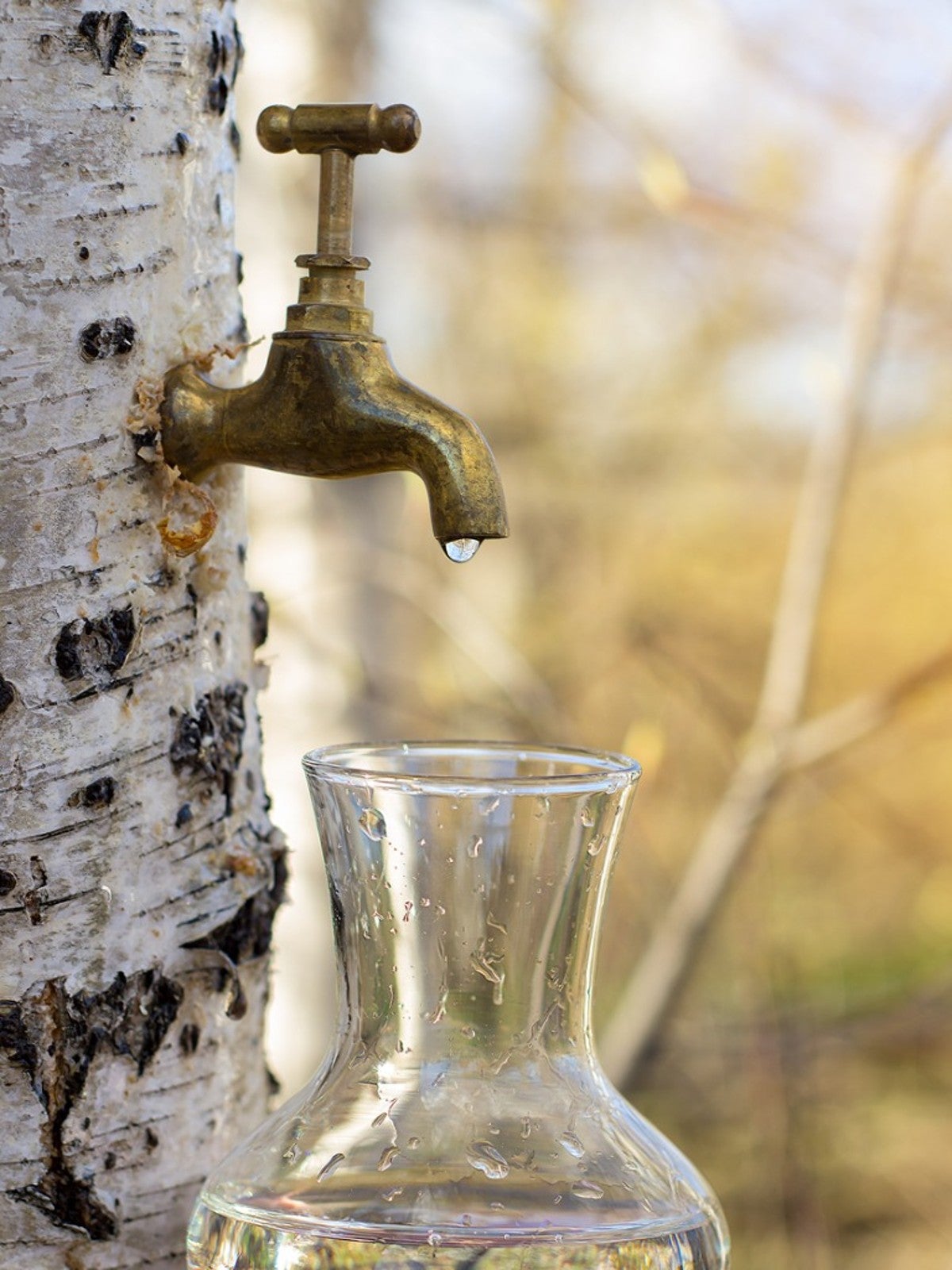 How To Tap Birch Trees: Birch Syrup And Other Uses For Birch Sap
How To Tap Birch Trees: Birch Syrup And Other Uses For Birch SapDid you know you can make birch syrup? Read on to learn about birch sap harvest for syrup and other birch sap uses.
By Teo Spengler
-
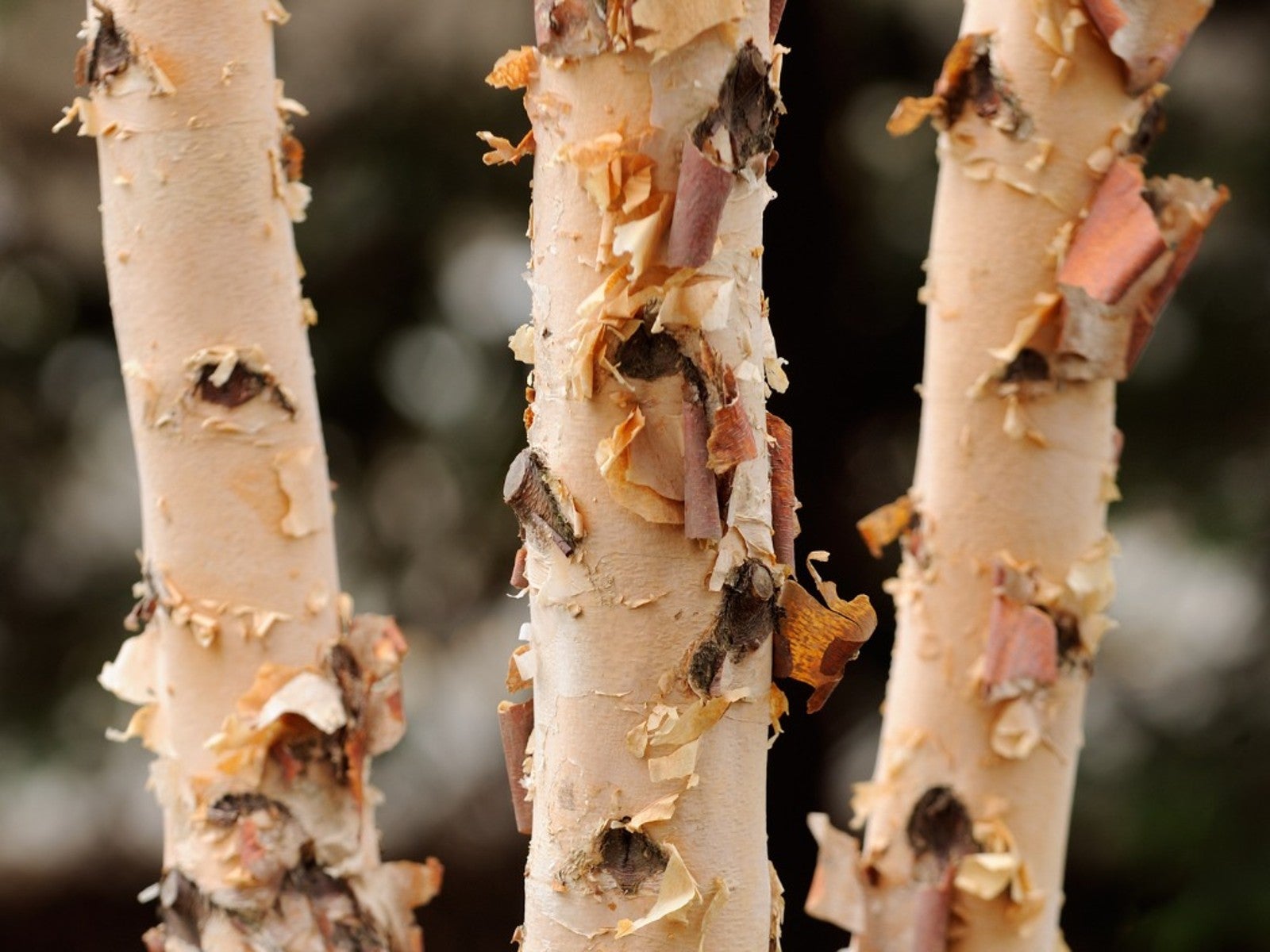 11 Types Of Birch Trees: Choosing A Birch Variety For Your Backyard
11 Types Of Birch Trees: Choosing A Birch Variety For Your BackyardSlender and graceful, birch trees are admired by many gardeners. If you are wondering about the different varieties of birch trees, read on.
By Teo Spengler
-
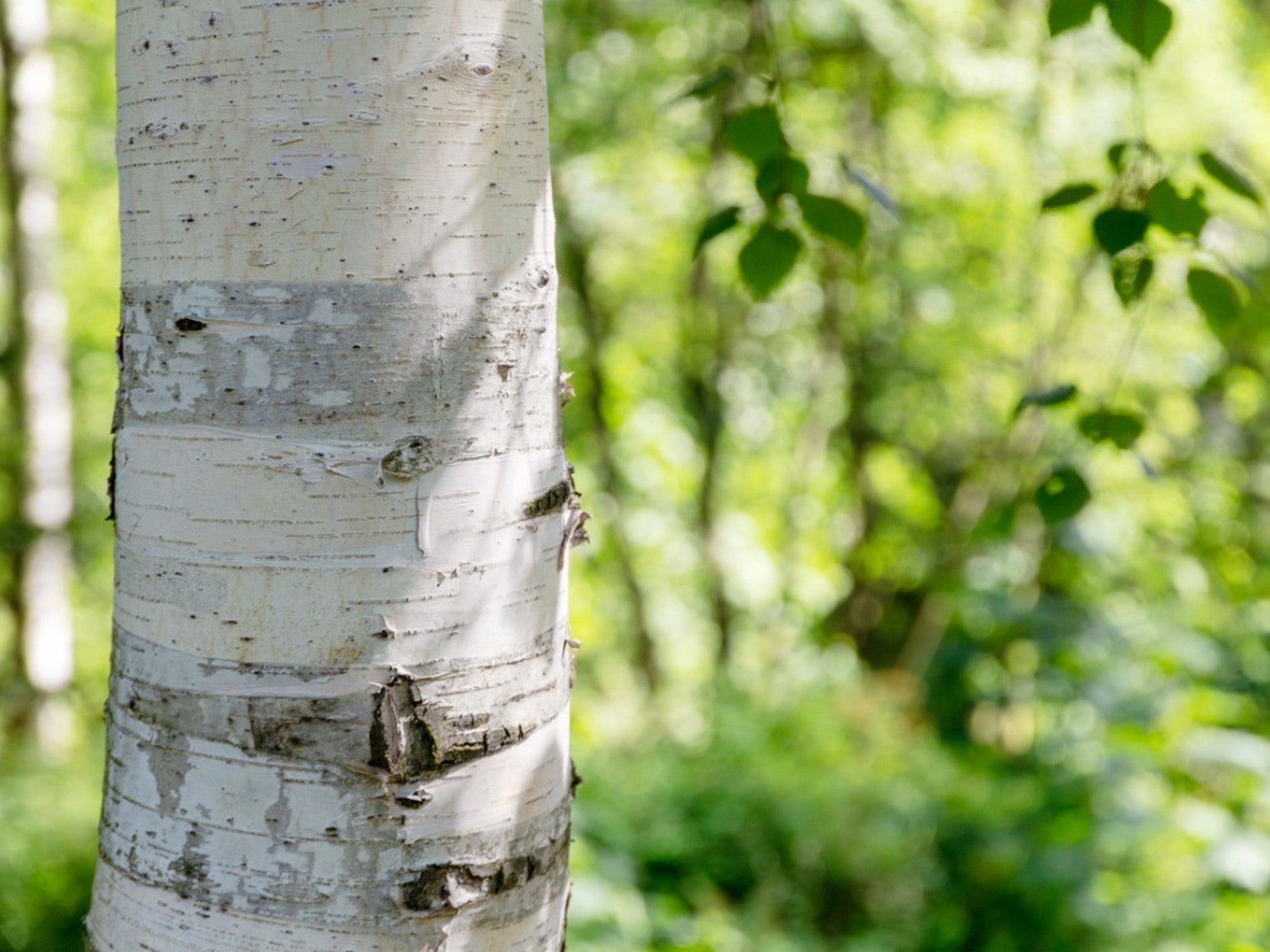 The Right Way To Peel Birch Bark - Sustainable Harvesting Tips And Techniques
The Right Way To Peel Birch Bark - Sustainable Harvesting Tips And TechniquesLearning more about paper birch bark can help gardeners and crafters to better understand the tree’s significance, as well as help to ensure that birch plantings within the home landscape are kept thriving.
By Tonya Barnett
-
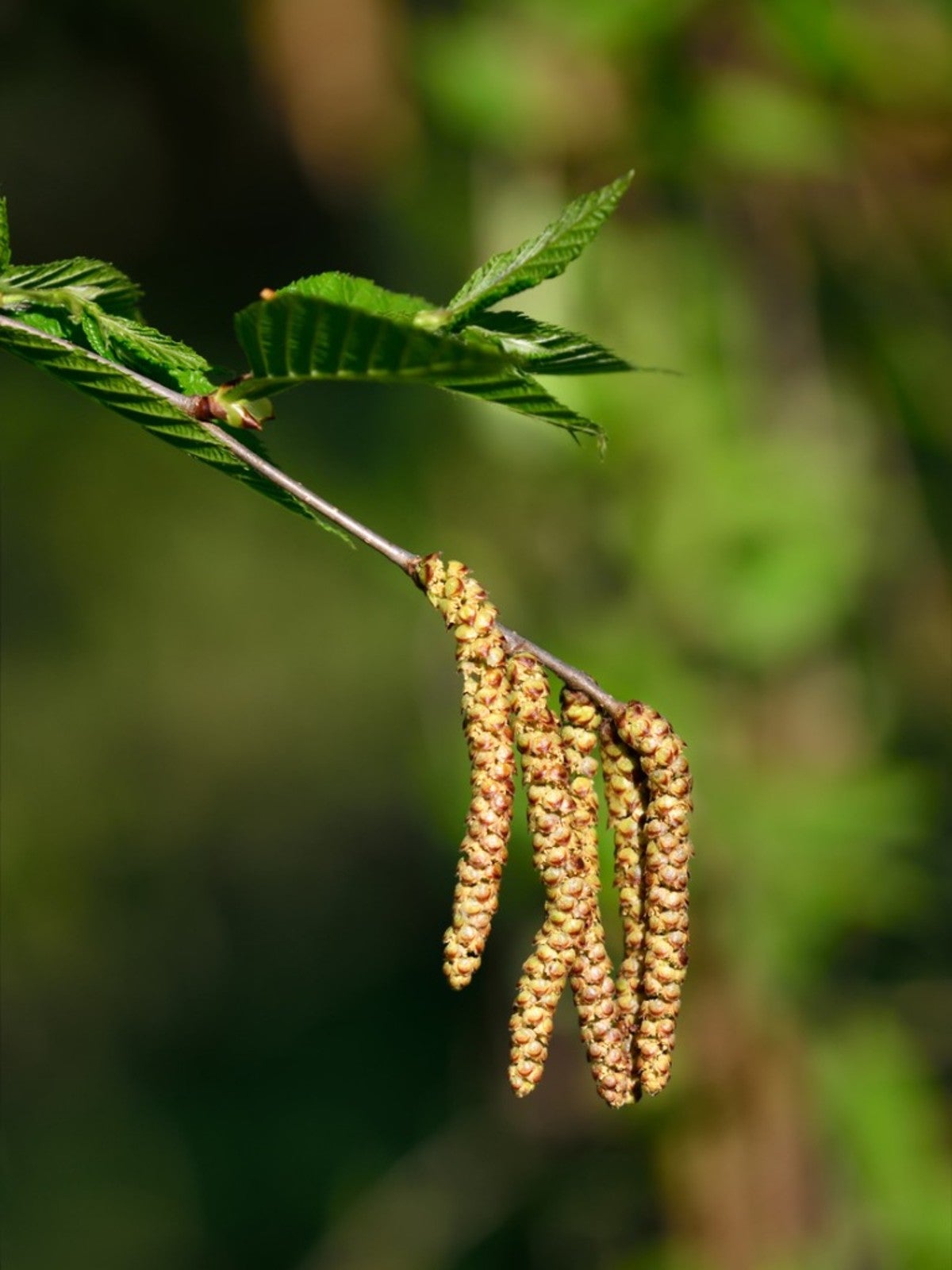 What Is A Sweet Birch – Learn About Sweet Birch Trees
What Is A Sweet Birch – Learn About Sweet Birch TreesIf you’d like to learn more about sweet birch trees, read on. We’ll give you sweet birch tree facts as well as growing information.
By Teo Spengler
-
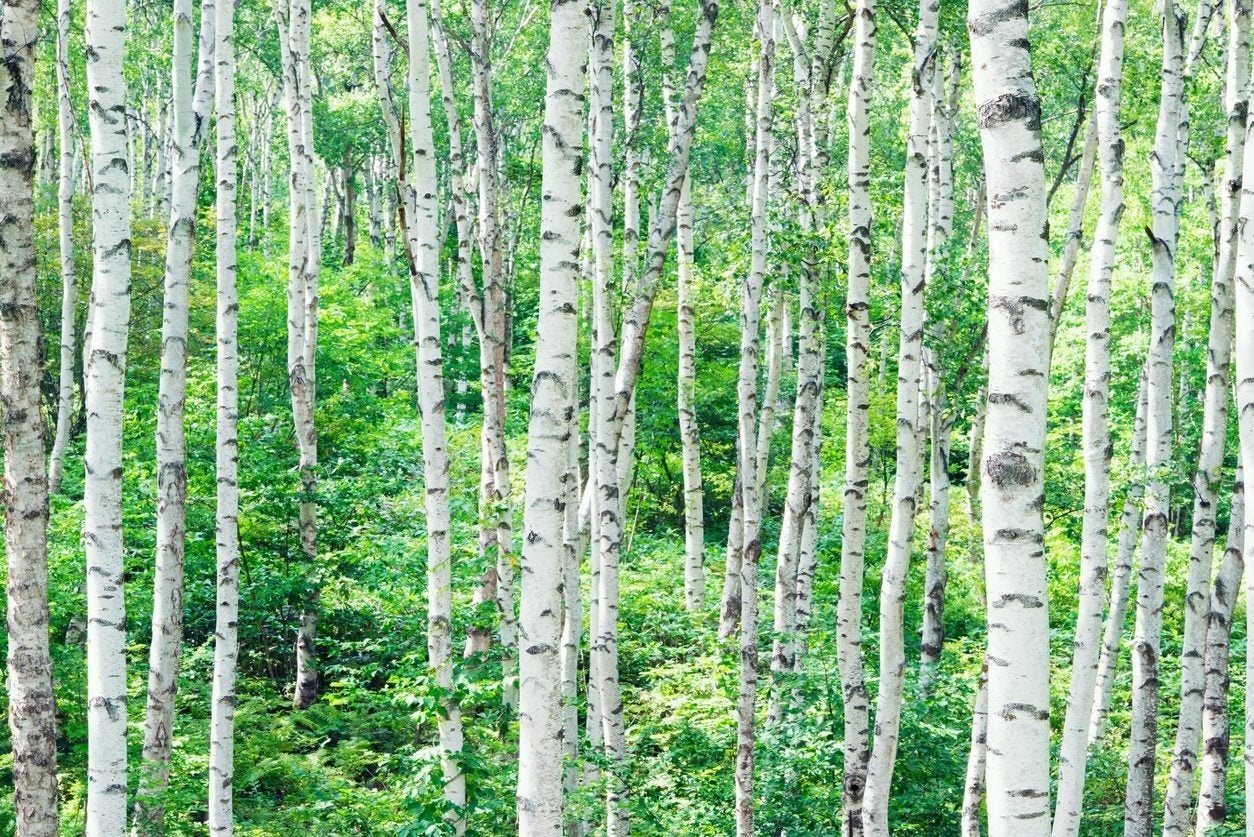 Birch Tree Lifespan: How Long Do Birch Trees Live
Birch Tree Lifespan: How Long Do Birch Trees LiveHow long do birch trees live? The birch tree lifespan depends upon where the tree is growing. For more information about factors that affect the life of a birch tree, click on the article that follows to learn more.
By Teo Spengler
-
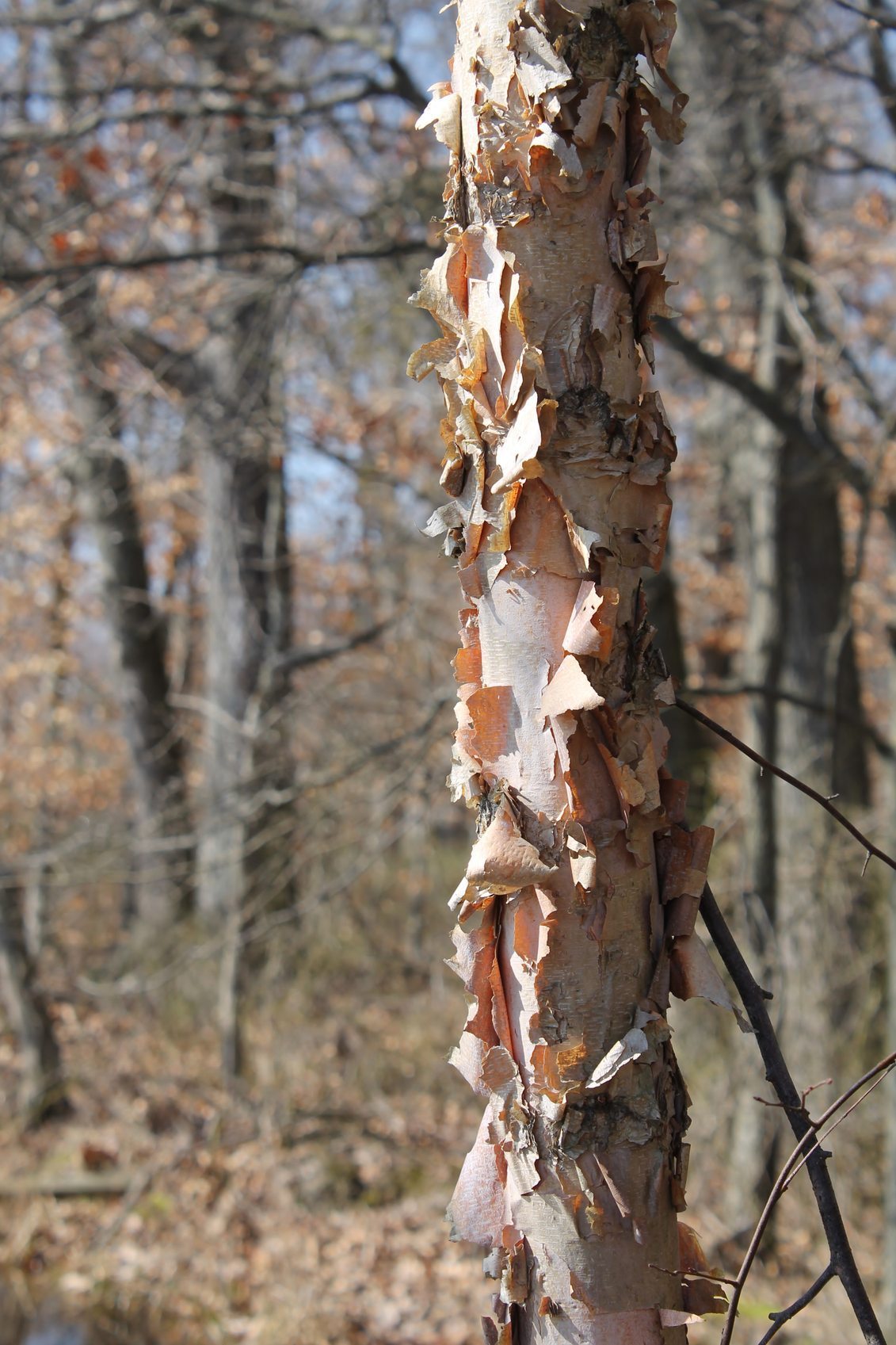 Planting A River Birch Tree: Tips On River Birch Tree Growing
Planting A River Birch Tree: Tips On River Birch Tree GrowingThe river birch is a popular tree for river banks and wet parts of the garden. Its attractive bark is especially striking in the winter when the rest of the tree is bare. Learn more river birch tree facts and how to use them in the landscape of your home right here.
By Liz Baessler